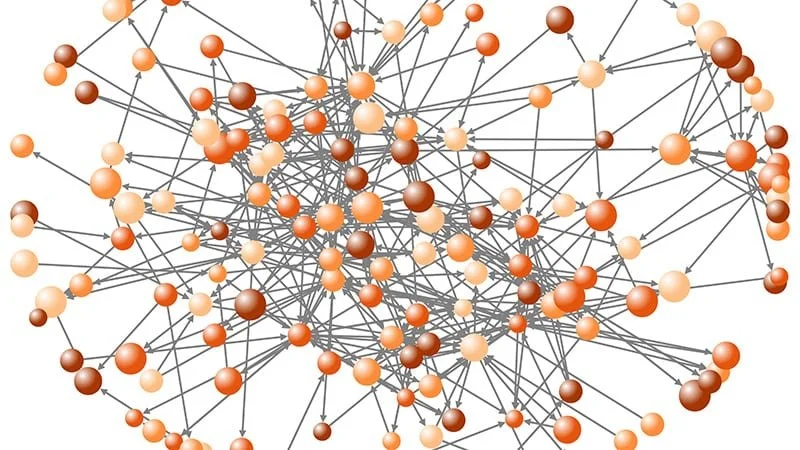Our Approach & Strategy
-
There has been much enthusiasm as to the possibility of HIV elimination or an AIDS-Free Generation in the United States in the near term. Though this may sound rather optimistic, recent epidemiologic data is clear on this: with continued sustained resources, the idea of eliminating new HIV transmission events or dropping the reproductive rate of transmission below one is feasible in the United States.
The CCHE strategy moves beyond traditional approaches that focus on the individual, such as personal behavior change and adoption of biomedical interventions in isolation. Such approaches have been entrenched in the majority of HIV service and research programs over the last few decades, and often fail at the integration of potent prevention pieces into a purposeful strategy. Additionally, these efforts often do not rely on the critically dynamic interconnections of these individuals that create micro-structures which in turn drive and inhibit HIV transmission.
CCHE uses a paradigm which starts at the network level and moves to the community and other larger social levels to strategically eliminate HIV transmission events that are critical to onward HIV transmission. CCHE hybridizes network science, next-generation testing and notification, integrated prevention, and community mobilization to eliminate new transmission events.
-
We utilize social, sexual and other risk networks to identify
Pathways of HIV transmission
How behavior and influence are transmitted through these same networks
How these networks can be leveraged for integrated prevention interventions that utilize existing strategies fitted to context, network and community.
Novel technologies and strategies for identification, testing and notification are not the means by which we work to eliminate transmission – they are, however, useful tools that we use to achieve our goals.
As the networks become further saturated with HIV prevention, the community level can become increasingly relevant, necessitating persistent community engagement that drives HIV transmission elimination. The dry lab that the Center is situated within offers great opportunities for rapid translation of our research findings into public health and community intervention practices.
MSM network in Southern India. Network visualization created by Shirish Poudyal.

